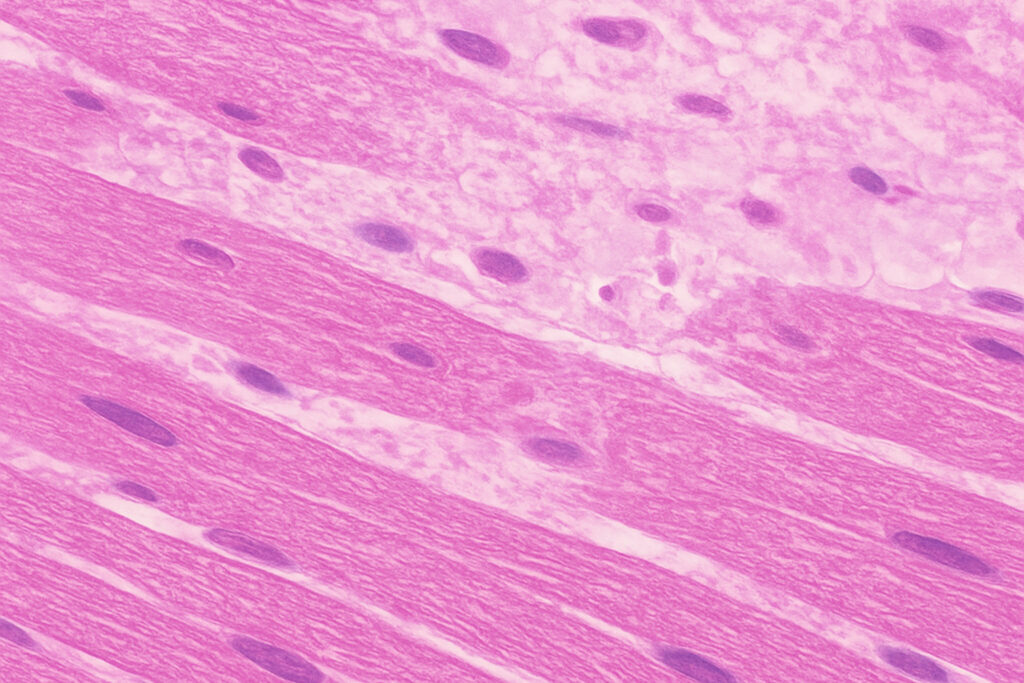Cardiovascular diseases are the leading cause of death in Hungary. Out of 40 daily heart attack cases, only 24 patients typically survive, often with severely damaged heart muscle. In the future, implanting heart muscle cells derived from stem cells may offer new hope for these patients. Stem cells are unique in that they have the potential to differentiate into many different types of cells.
At the Városmajor Heart and Vascular Center of Semmelweis University, researchers have been conducting studies in this field for over 15 years, making it one of around 30 such centers worldwide. In their experiments, white blood cells are reprogrammed into stem cells, which are then cultured into heart muscle cells and cells that form the walls of blood vessels. Now, their research extends into space: within the HUNOR Program, they are investigating how microgravity and cosmic radiation affect the cultured cells.
The bioreactor used to cultivate the stem cells is being developed by 27G-Technology Ltd. as part of the HUNOR Program. One of its major advantages is that—unlike similar devices on the space station—it does not require freezing and thawing of the cells before experiments. Because the cell cultures in space are not exposed to mechanical forces, it will be possible to study the cells in a much purer environment.
Organization: 27G-Technology Ltd.

Minden jog fenntartva. Copyright 2024